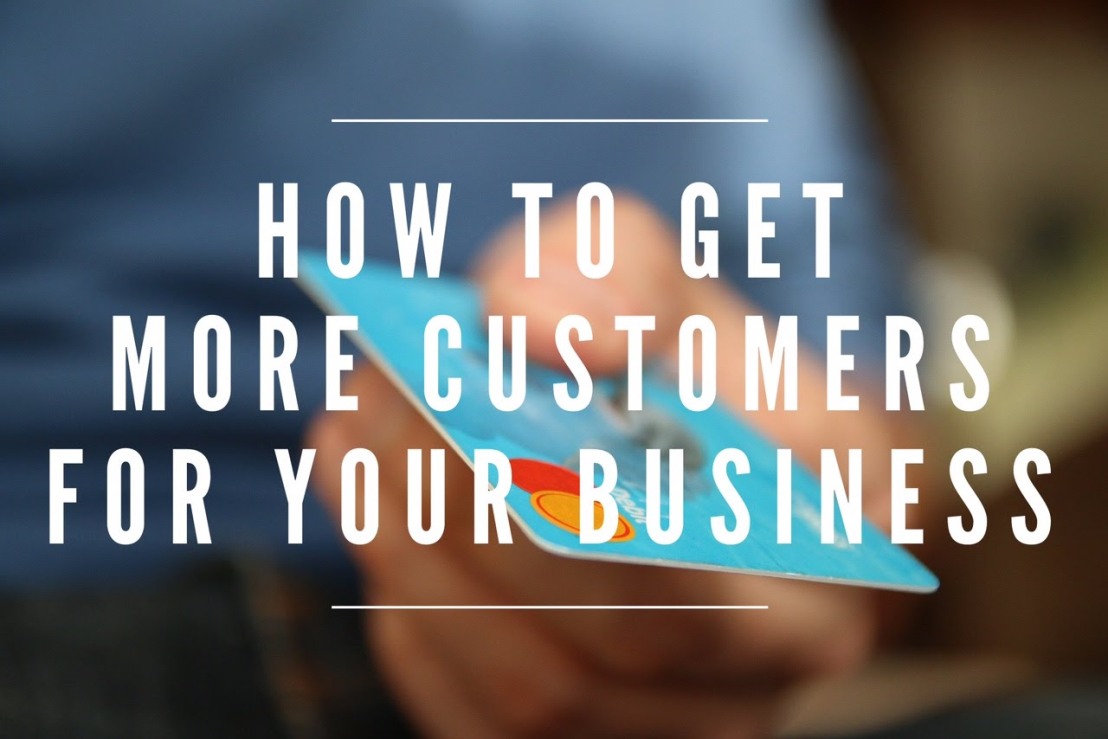Does your business use digital marketing? You do if you email customers by mass eblast or e-newsletter. Do you use social media as part of your business strategy? In today’s business climate it’s critically important to communicate through a variety of channels. No longer is it enough to just have a website, email promotional coupons, or send out a monthly newsletter. In today’s digital world, companies have a growing list of (nearly free) tools that can help take their business to the next level.
Where are your customers?
Is Twitter, Pinterest, Instagram, Facebook most popular with your customers/clients? Start by identifying the two social media channels where your customers are most active—just ask them—and then use those. Don’t spend valuable time posting to places your clients will never see. By understanding what’s important to them, you can tailor your marketing efforts to reach more of your target audience. And all of these are free tools!
Ask permission
Before adding any names/emails to your email distribution list, please be sure to first get permission to add the email address—it’s against the law if you do not. This can be done by asking people to opt-in their email at every event you host, or, if a new customer comes in, ask them if they’d like to add their email to your promotions list. This then gives you your permission to send them emails.
If someone clicks “unsubscribe” from your email list then you must remove them. There are many email marketing services out there like Constant Contact, Mailchimp and Emma that will automatically unsubscribe someone from your list when the subscriber requests it. These are great tools, and inexpensive!
Bottom line, if you let them know the benefits of subscribing, such as insider deals and free expert insight, they’re more likely to sign up and look forward to hearing from you.
Content Checks and Balances
A good rule of thumb for social media content is that that 80 percent of your posts should focus on industry tips or ideas, sharing from other pages, and joining the conversation (engaging with your fans). Use the remaining 20 percent to promote your business directly (offers, promotions, coupons, services, etc.).
So Now What?
Are people actually reading your emails? What links were most clicked in your recent eblast? Did you reply to a fans question or comment on your Facebook page? Did you jump into a Twitter conversation? The more you know what your customers/clients are talking about and clicking on, the more you will understand your audience and can tailor the messaging. This is VERY valuable information that if you track it and learn from it, the stronger your marketing results will be.
Bottom Line
Creating a sustainable digital marketing strategy is pretty simple—but you get what you put into it. It does take a lot of work and time to make it effective, and you have to be consistent. Avoid starting a weekly blog or newsletter if in reality you can’t maintain it.
Don’t start a Facebook page, build a good fan base, and then only post occasionally
once every few weeks. When simple marketing is done right—wow—you will be
amazed at what you get from something so simple.
With these tips in mind—get out there and make things happen!
-Carrie Rice, Director of Marketing and Communications for the Chamber of Commerce
of Huntsville/Madison County

